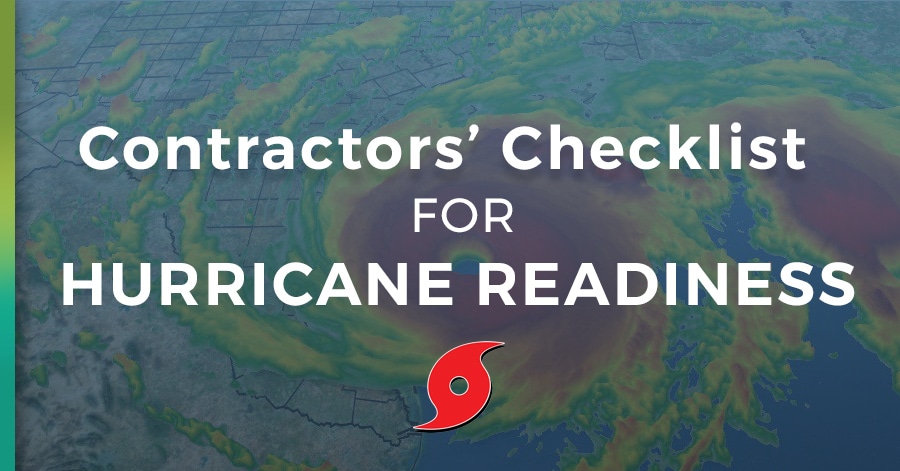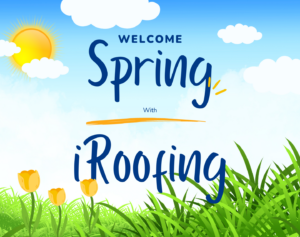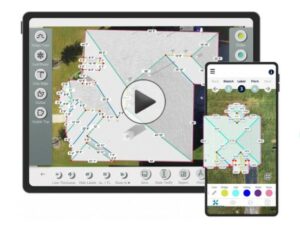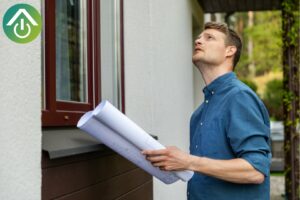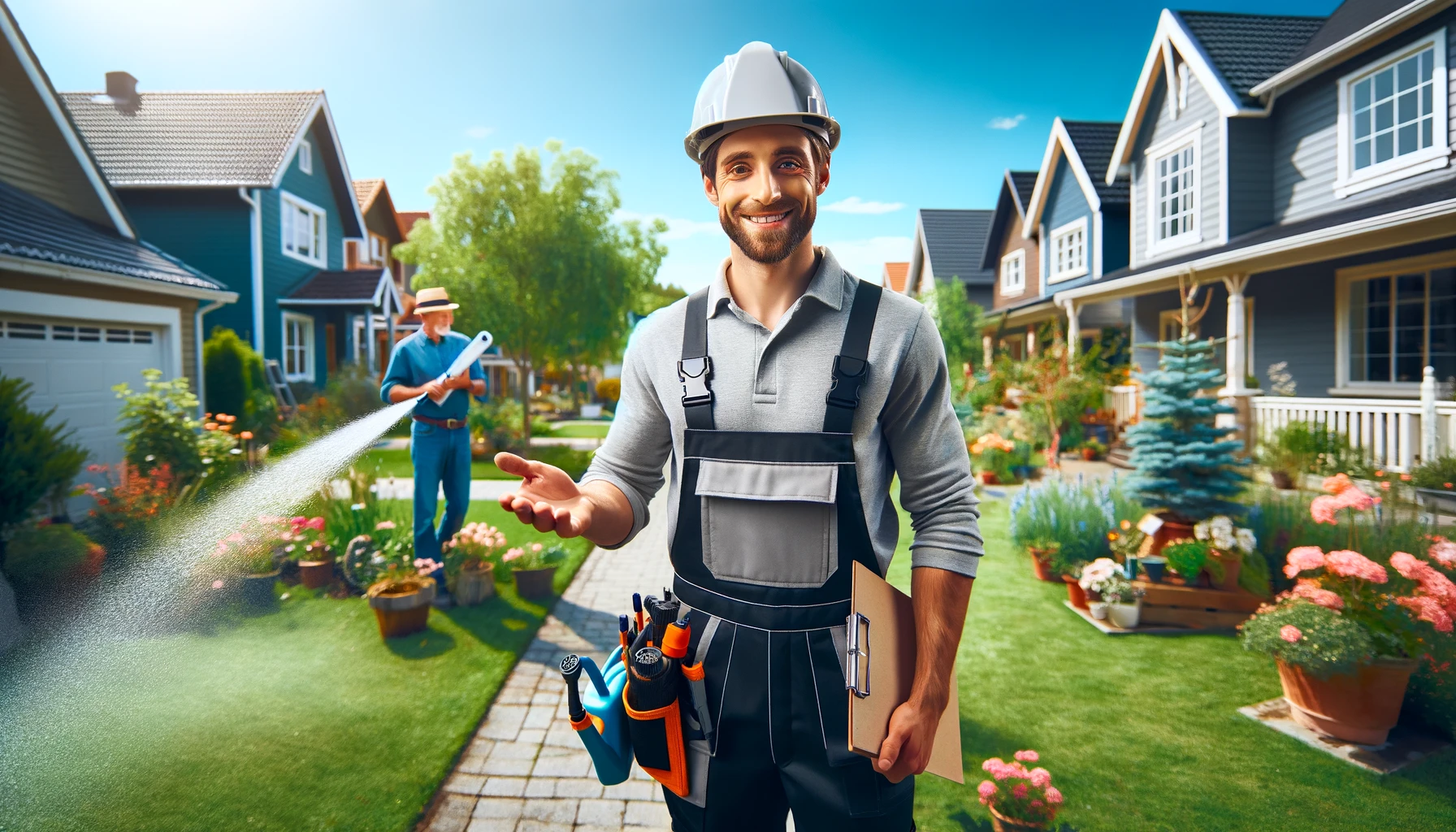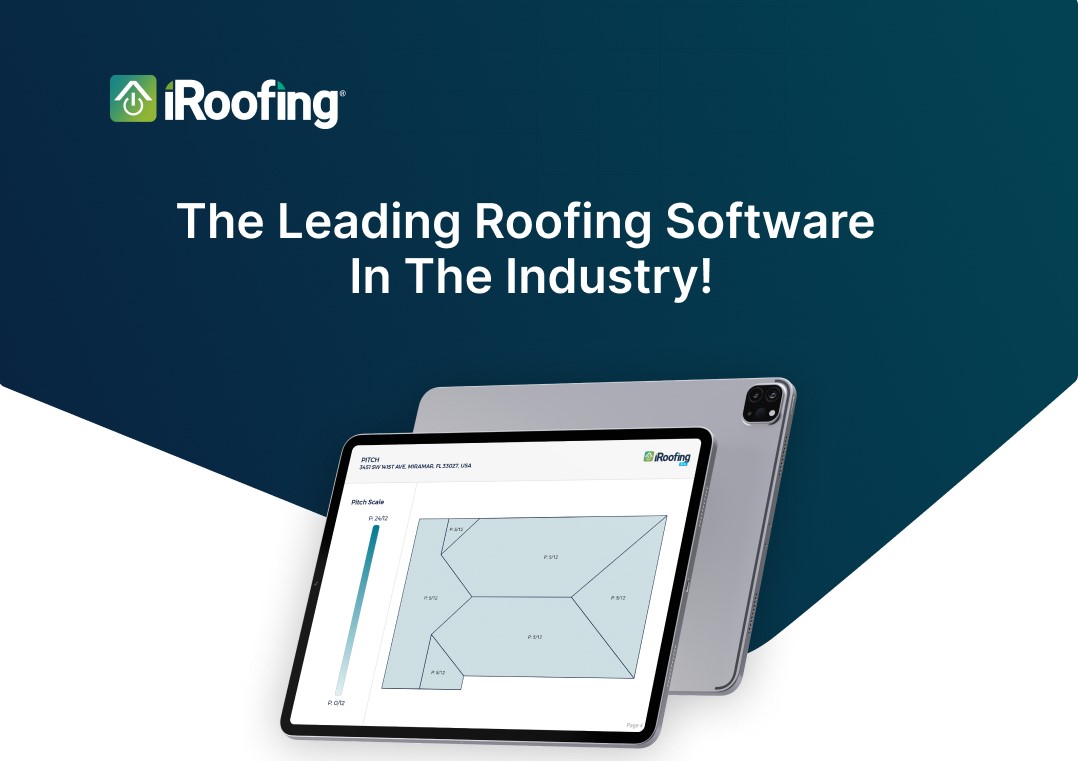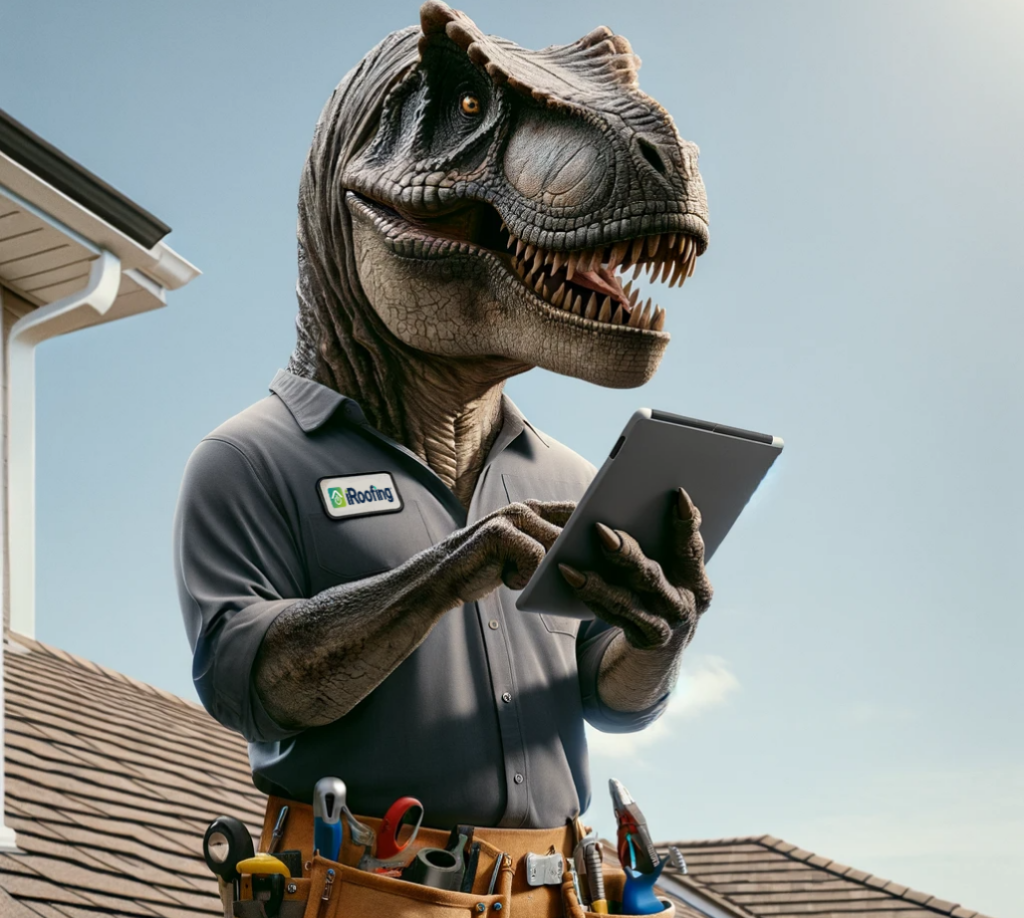The Atlantic hurricane season is already one of the worst yet. To date (August 26, 2020) we’ve seen 13 named storms. That is a record for this point into the season. Now, Hurricane Laura is moving towards the Gulf Coast to make landfall on August 27th as a category 4 storm. Roofers, get ready!
As mentioned in our article 6 Reasons Why the 2020 Hurricane Season Could be the Worst, warmer ocean temperatures are to blame, but what we care most about is getting out there and helping property owners restore their homes and buildings after wind and water-related roof damage.
Rapid response is essential for roofing contractors to serve as many properties as possible. But, you also need to have your operations ready to go without delays, material depletion, supply shortages, or disruptions.
How do you prepare your business for serious weather events? This is our Checklist for Hurricane Readiness, and we’d appreciate hearing about the additional measures you may take.
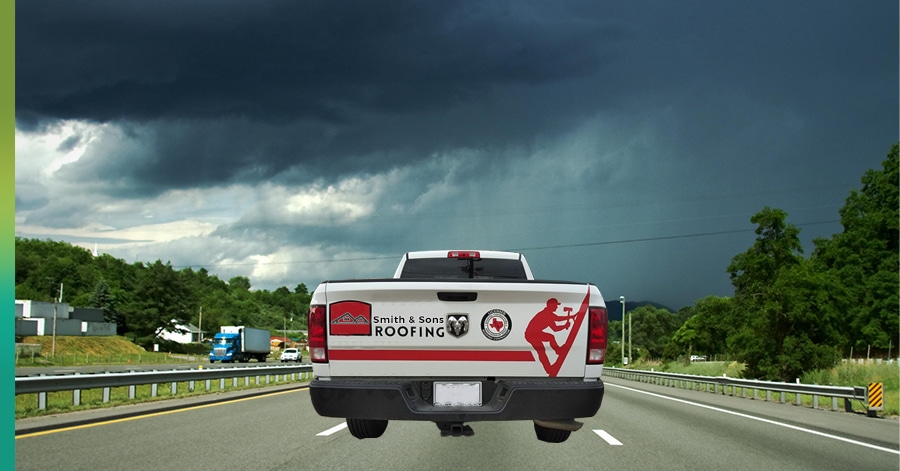
- Make sure vehicles are fueled up and ready
Most hurricanes have fair warning days ahead of their arrival on land. Make sure your truck (or fleet of trucks) is fully fueled to avoid the inevitable long gas lines and fuel shortages.
- Prepare to run your generator
Do you have a generator(s) to run your office power in times of outages? If so, you can continue to operate your computers, WIFI, phone chargers, and other essential office equipment. Keep your generator fueled up, in the event it is needed. And always remember, if the internet or phones are down, they’ll be back online usually before electricity is restored.
- Man your main phone lines and answer all calls, emails, and posts for assistance
Don’t let calls go to voicemail. Property owners will seek immediate assistance from a contractor who can talk to them and dispatch a crew to their home or building, quickly. If you don’t have a pool of office temps to draw from, reach out to a resource like Express Employment Professionals (ExpressPros.com) that can quickly get you skilled, temporary assistance to ensure you are there at all times for homeowners in need. Your office personnel should also monitor your social media pages and email inbox in order to respond to people reaching out to you that way.
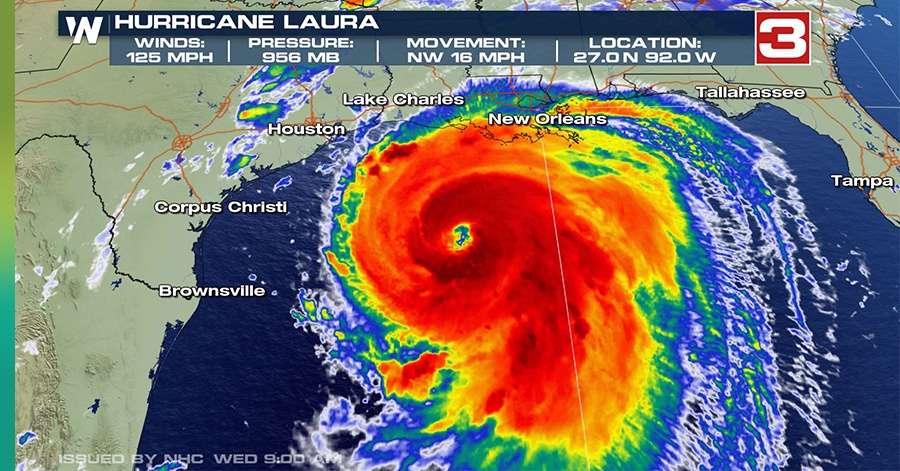
- Coordinate with your subcontractors
If you rely on subcontractors, set out a plan of attack with them days before the hurricane arrives. Be sure you can count on them. Assure them of your intentions to employ them as needed and compensate them in a timely manner. Encourage them to have all essential supplies at the ready.
- Stock your trucks with polyethylene tarps and extra repair materials
Many property owners may need immediate intervention for leaks or tears in their roof. Having plenty of heavy-duty tarp on hand allows you to quickly mitigate any further moisture damage and gives you time to get back to the property when you are prepared to perform a complete repair or replacement. (Here is a link to How to Tarp a Roof) Having spare materials on hand can also be helpful… flashing, asphalt shingles, light carpentry tools for quick repairs to eaves or soffits can help secure properties from moisture damage and effects of wind gusts, etc.
- Survey damages in your community
Pay close attention to weather updates. Radio and television stations can provide minute-by-minute information on the worst hit areas of your community. Ride through your service area and take note of addresses that have roof damage. It’s not necessary to impose on property owners, but if people are outside and you can ask them if they need help, do so. Knocking on doors may be acceptable in some tight-knit communities, but COVID-19 poses new challenges these days. Place a pre-printed storm response flyer in people’s mailboxes or as a door-hanger whenever you notice serious roof damage.
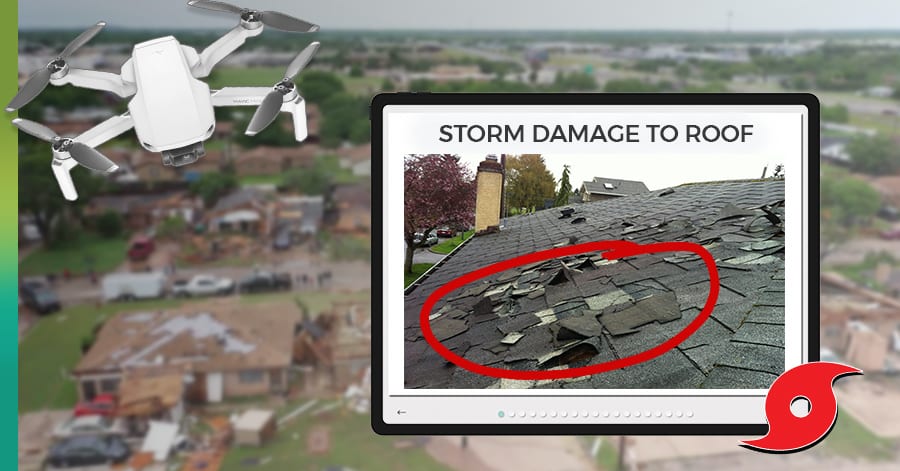
- Use the iRoofing mobile app for proactive bids
Take advantage of roofing technology by accessing overhead satellite, aerial, and your own drone imagery of properties using an iPhone, iPad or Android device. Zero-in on those properties you noticed had roof damage when you physically surveyed the neighborhood. Leave an illustrated roof report in their mailbox or as a door hanger and note that you were able to see their damage from the street. iRoofing also supplies you with “before” photos. These can be crucial when roof damage is beyond repair. These overhead images allow you to service clients rapidly and compare it to a drone image that can be uploaded to the system as well. In only 5-6 min you can prepare an iRoofing-generated damage report, accurate measurements, and an estimate. Before the storm, take advantage of iRoofing’s free training in case you need any refreshers on how to maximize all the instant features of the mobile app.
- Have a communications contingency plan
Cell phone towers and landlines can be impacted and temporarily inoperable in the aftermath of a bad storm. Have a plan for operating in such a situation. Ahead of the storm, plan an onsite meeting at your HQ to convene your crew and discuss strategies for getting out into the community, locating affected property owners, and offering help. Having a business card or leave-behind flyer to pass out is essential.
- Stay in contact with your distributor
Be aware of impending material shortages by talking to your local distributor. Maintaining a good relationship with them might give you a better chance of getting materials you need when they get close to depletion.
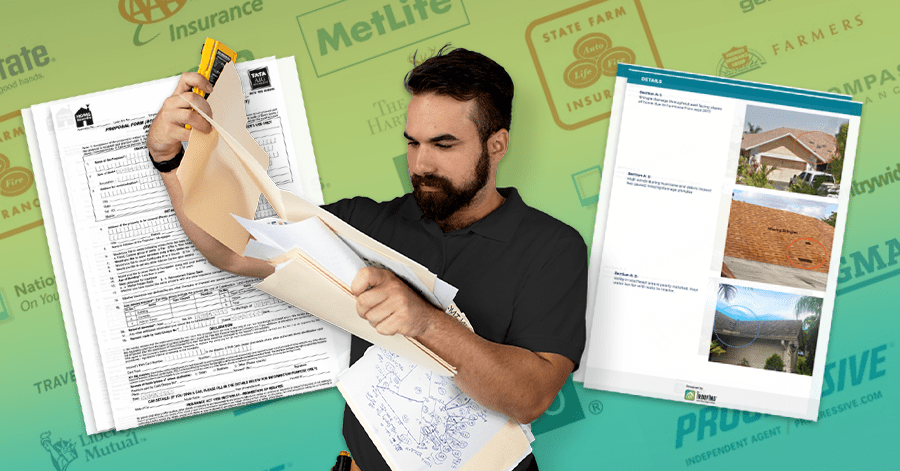
- Brush up on insurance knowledge
In most cases, storm damage will be fully covered by property owners’ insurance providers. As a roofing contractor, you can help them to understand the process and get adjusters to their property quickly.
- Get your credentials in order
This almost goes without saying, but make sure you are set up to operate legally (licenses, codes practices, etc.). If you’re a storm chaser specialized in traveling to impacted areas away from your main region of operation, you may need to be licensed in those outside jurisdictions. The aftermath of a bad storm is a time when property owners are often vigilant about scams and opportunists converging on storm-impacted areas. Have business cards or handouts that identify your company as a local, trusted organization.
Please tell us more.
As a software company with founders who have both roofing and construction background, iRoofing knows a good deal about how contractors operate in stormy weather, but you know better than we do. Share your ideas and help others respond quickly and effectively to the needs of residents and business owners. Above all, be safe and happy roofing!

